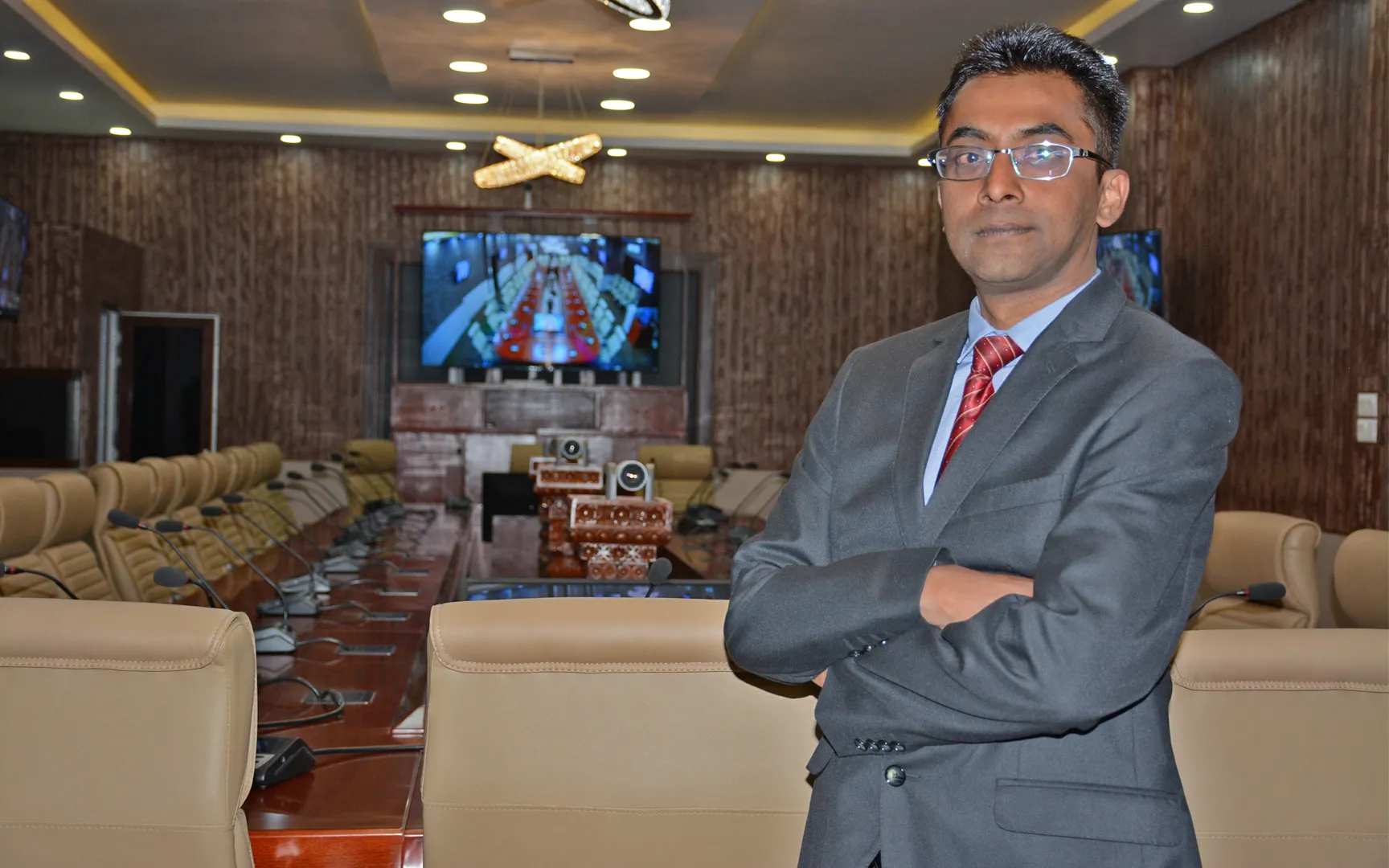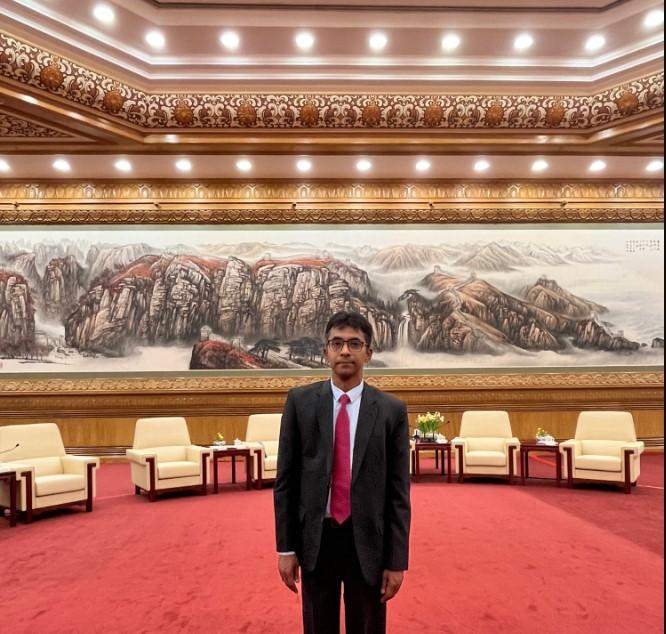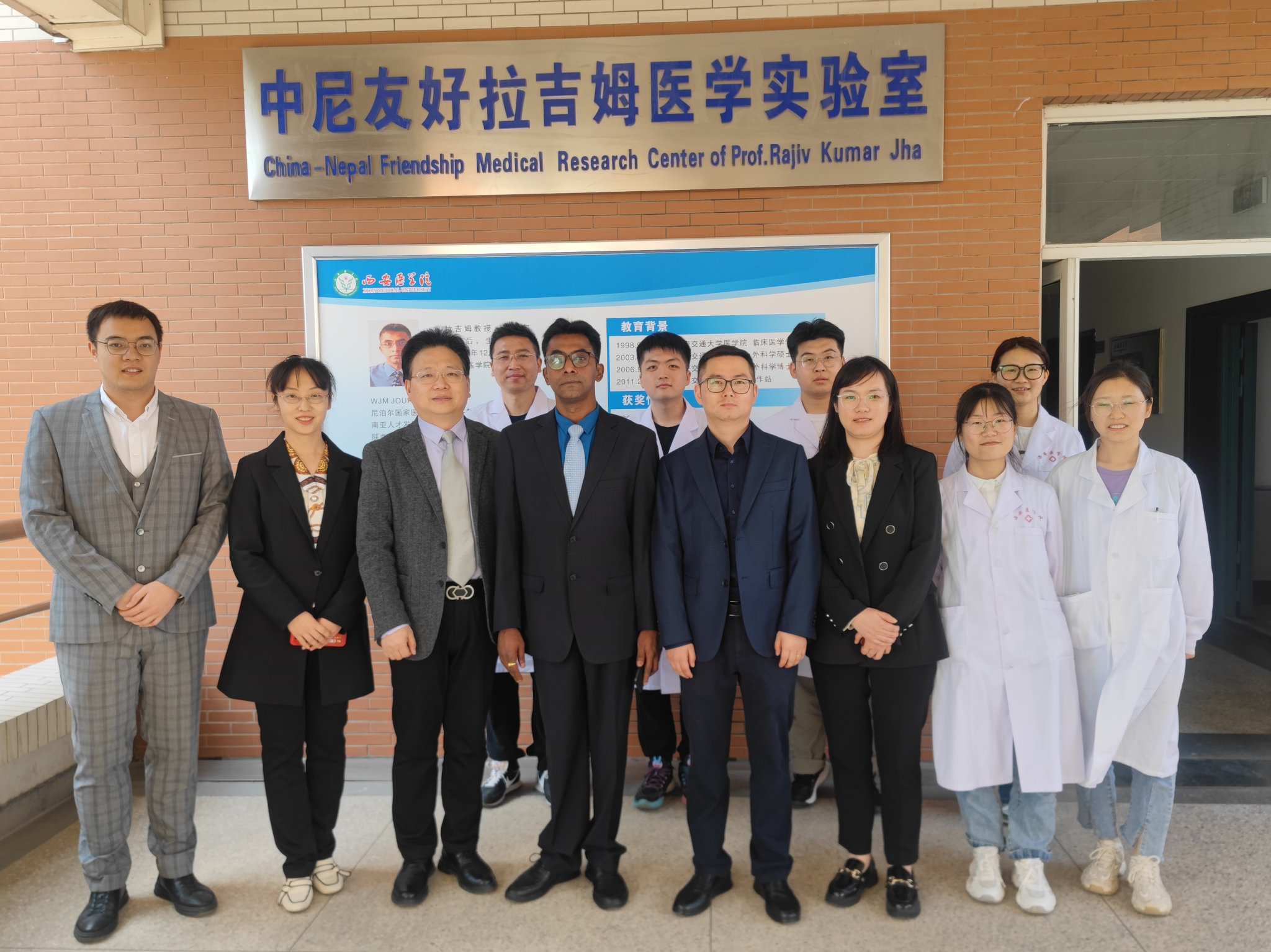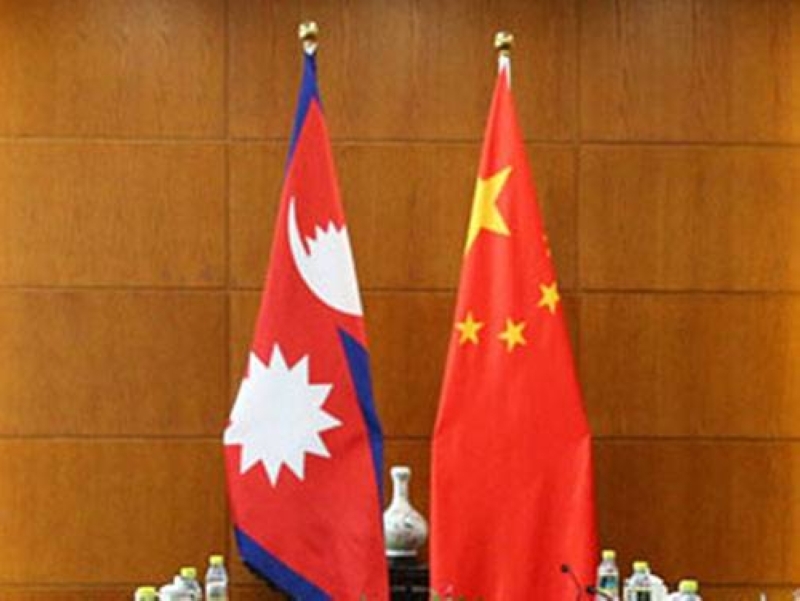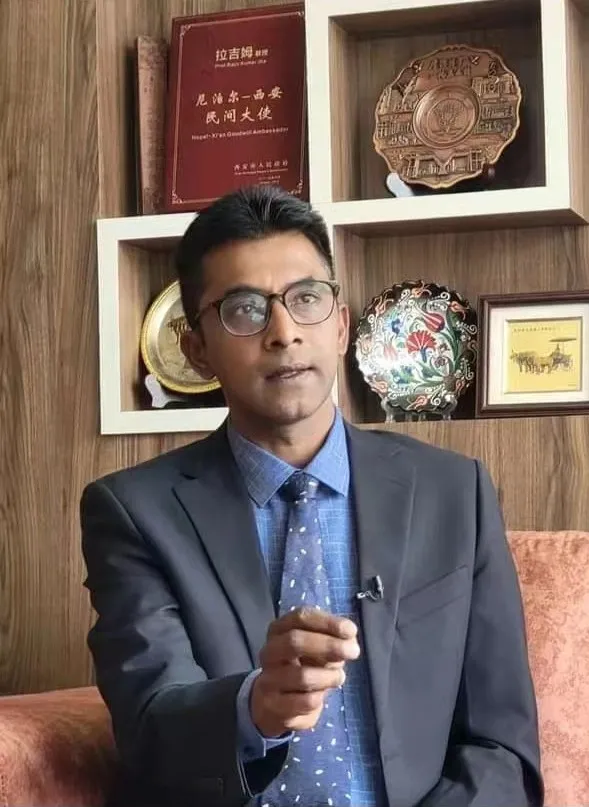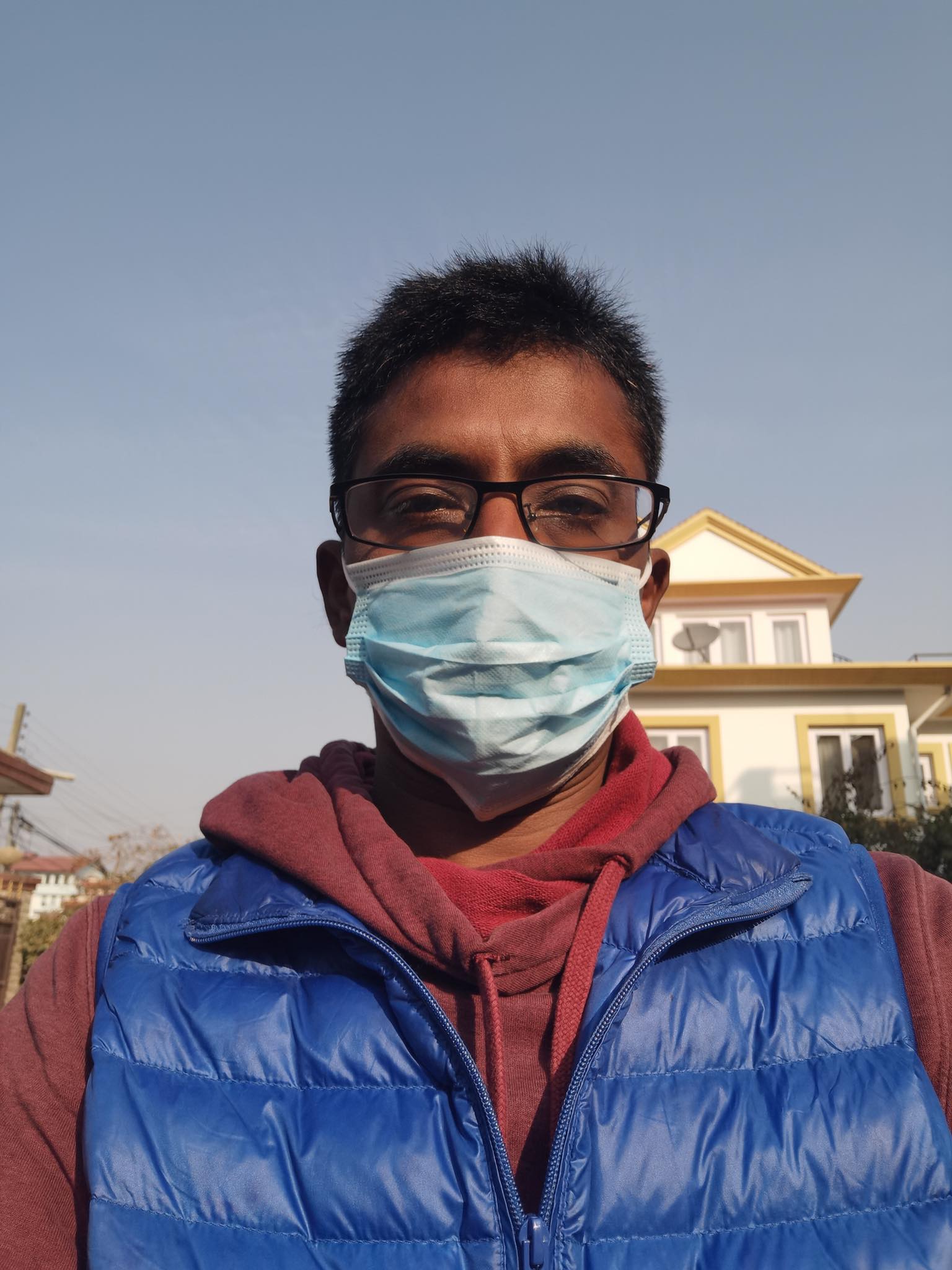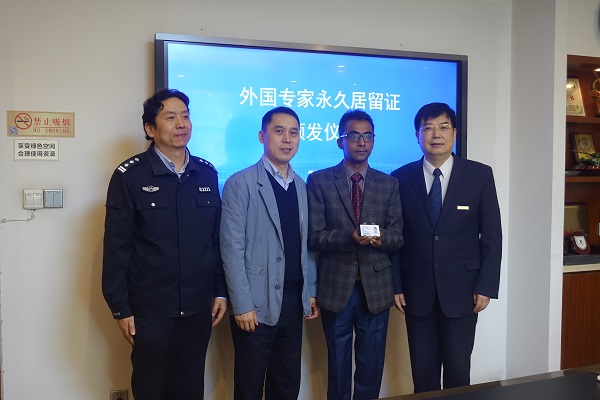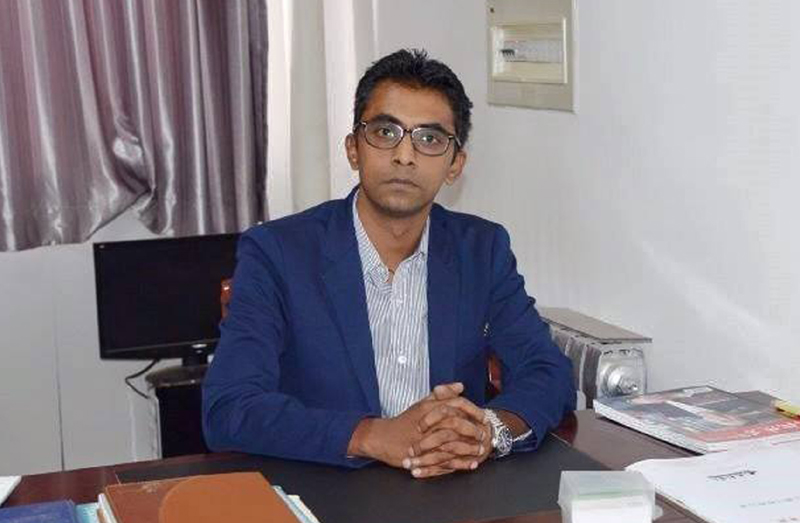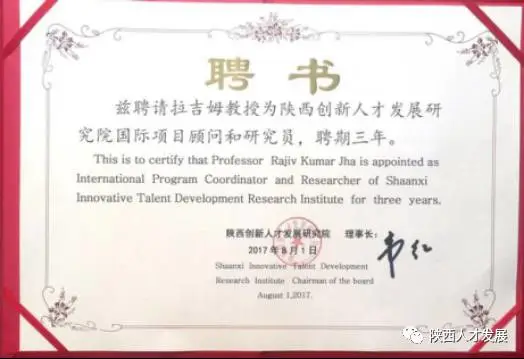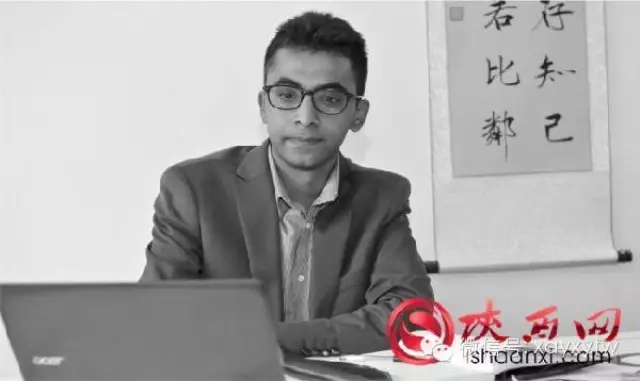Sorafenib Inhibition of Hepatic Stellate Cell Proliferation in Tumor Microenvironment of Hepatocellular Carcinoma: A Study of the Sorafenib Mechanisms
We investigated the mechanism and effects of sorafenib on hepatic stellate cell (HSC) viability and in the liver tumor microenvironment. The expression of α-smooth muscle actin (α-SMA) was measured immunocytochemically in the LX2 cells treated with differing concentrations of sorafenib. Changes in the platelet-derived growth factor (PDGF)-BB and tumor growth factor (TGF)-β1 concentrations were detected in the LX2 supernatant using an enzyme-linked immunosorbent assay (ELISA). Expressions of the extracellular signal-regulated kinase 1 (ERK1), ERK2, and Akt signaling pathways were measured using a western blot assay. The LX2 cells were cocultured with HepG2 cells for 24 h to observe their effects on HepG2 cell invasive ability.
(1) After treatment with various concentrations of sorafenib for 12, 24, 36, or 48 h, MTT assay showed that the viability of the treated LX2 cells was lower than in the controls.
(2) As sorafenib concentration and time of exposure increased, α-SMA expression became weaker in the treated cells.
(3) The PDGF-BB and TGF-β1 concentrations decreased with higher concentration, and longer exposures under the same sorafenib concentration.
(4) The ERK1, ERK2, and Akt expressions were identical between the treated and the control groups, but their phosphorylated expression decreased with increased concentrations of sorafenib.
(5) The invasive ability of the HepG2 cells induced by the LX2 gradually decreased as sorafenib concentrations increased. Sorafenib suppressed α-SMA expression, inhibited PDGF-dependent signaling pathways in HSCs, downregulated the PDGF-BB and TGF-β1 expression in the HSCs supernatant, and restrained viability of the HSCs, resulting in suppressed proliferation and invasion in the HepG2 cells.
https://pubmed.ncbi.nlm.nih.gov/24633454/
